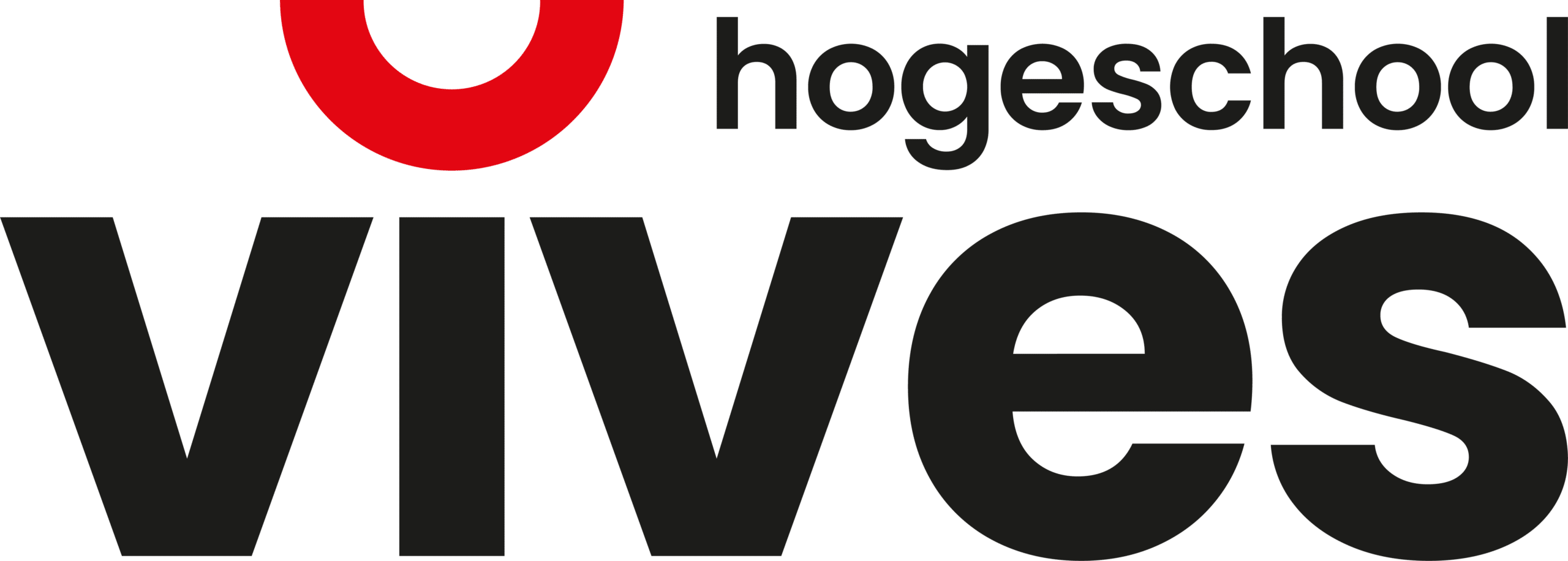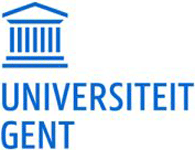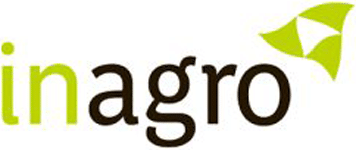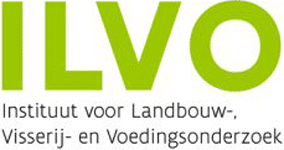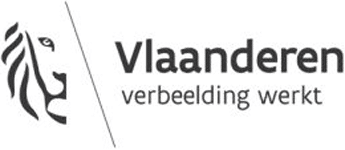From an economic point of view, pig farming remains an important sector within Flemish agriculture and horticulture. However, margins have been under severe pressure for several years, requiring farms to continuously improve their performance. Correct recording and interpretation of the technical and economic key figures is therefore essential to be able to take well-founded management decisions on every pig farm in the short and medium/long term that will improve the farm's economic results. Tracking pigs from birth to slaughter via electronic identification has the significant advantage that the pig farmer has access to individual animal data with a minimum of labour. This offers more opportunities to base management decisions on than the current group approach.
The main focus of the project is to make pig farmers aware of the many advantages of electronic identification, i.e. individual animal monitoring, to monitor the evolution of production on their farms and to assess the impact of management adjustments. This will be demonstrated by starting from a number of cases on various Flemish practical farms.
The project is divided into 4 modules. In the first module, Flemish practice farms are selected to be eligible to participate in the following modules. On each farm, piglets are individually marked at birth and each piglet is paired with its father and mother. Each piglet is individually followed up to the slaughterhouse. In the second module, participating farms focus on different technical traits (growth, carcass quality and feed conversion). Thus, the benefits of individual recording can be demonstrated for individual growth performance in the first case. In the second and third cases, respectively, the focus will be on slaughter quality and feed conversion. The technical key figures will always be considered in relation to the parentage (sow-beer) of the individual pig. In consultation with the farms, the option of monitoring additional parameters will be left open. In the third module, the practical possibilities and economic profitability of individual animal registration will be determined. In the last module, communication will be described. The practical implementation of the project will be realised by (employees of) the project partners. Each step is consulted and discussed in detail in advance between the project partners.


